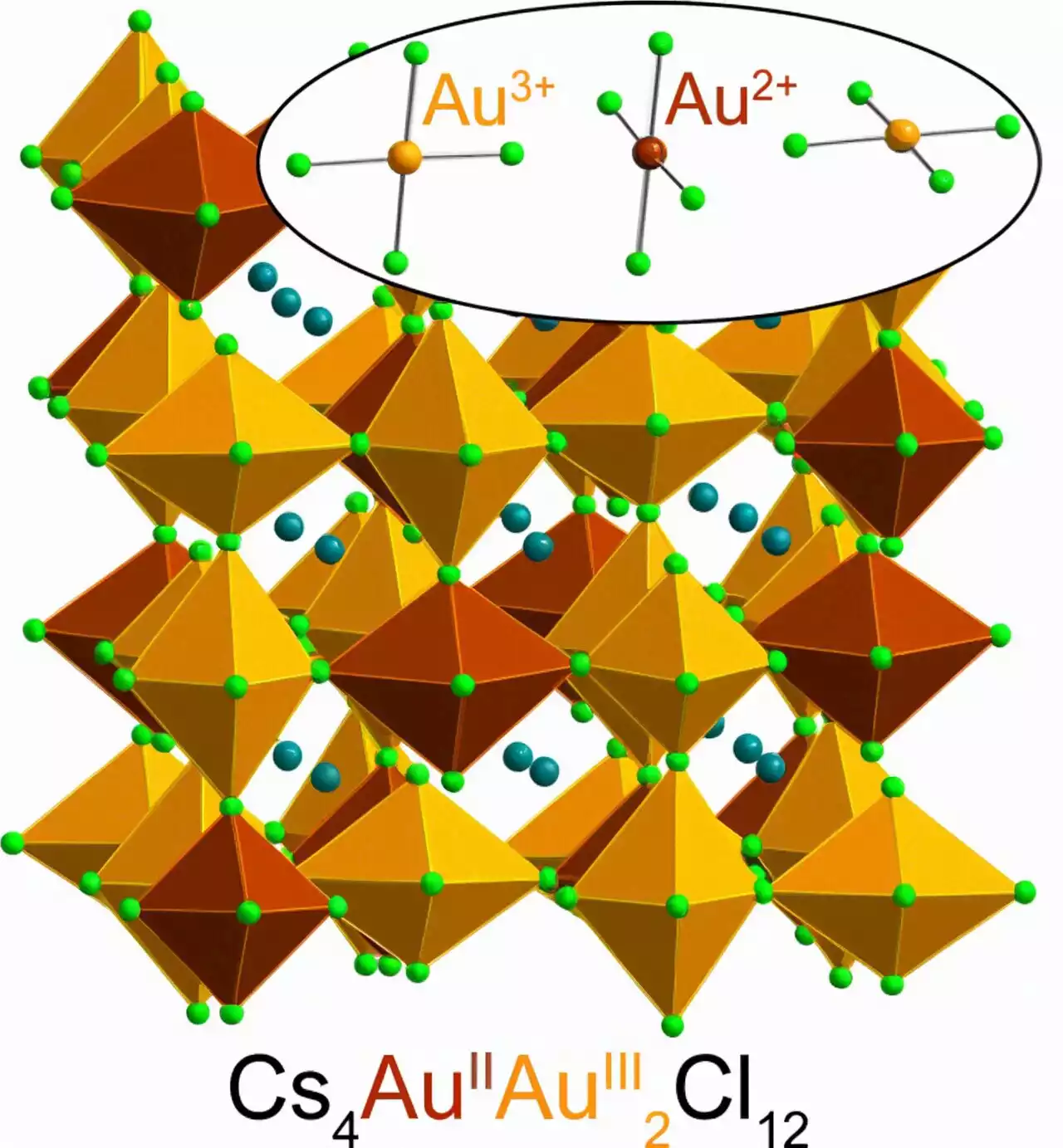Researchers discover that heart cells in developing zebrafish start beating suddenly and all at once
Becoming a full-fledged organism out of a handful of cells, complete with functioning tissues and organs, is a messy yet highly synchronized process that requires cells to organize themselves in a precise manner and begin working together.
In a study conducted in zebrafish, the team discovered that heart cells start beating suddenly and all at once as calcium levels and electrical signals increase. Moreover, each heart cell has the ability to beat on its own, without a pacemaker, and the heartbeat can start in different places, the researchers discovered. The findings are published Sep.
"We wanted to answer a basic question: How do heart cells go from silent to beating?" Megason explained."When your heart starts is a once-in-a-lifetime event, but it's not obvious how that happens." "Unlike the adult heart, where a specialized population of pacemaker cells drives the heartbeat, most cells in the embryonic heart have the ability to beat on their own, making it difficult to predict the location of the first beats," said lead author Bill Jia, a joint graduate student in the Cohen and Megason labs.
Malaysia Latest News, Malaysia Headlines
Similar News:You can also read news stories similar to this one that we have collected from other news sources.
 Strength is in this glass's DNA | ScienceDailyScientists were able to fabricate a pure form of glass and coat specialized pieces of DNA with it to create a material that was not only stronger than steel, but incredibly lightweight.
Strength is in this glass's DNA | ScienceDailyScientists were able to fabricate a pure form of glass and coat specialized pieces of DNA with it to create a material that was not only stronger than steel, but incredibly lightweight.
Read more »
 U.S. researchers brace for likely government shutdownGiven budget impasse in Congress, furloughed staff, delayed grant reviews, canceled travel, and shuttered instruments look imminent
U.S. researchers brace for likely government shutdownGiven budget impasse in Congress, furloughed staff, delayed grant reviews, canceled travel, and shuttered instruments look imminent
Read more »
 Striking rare gold: Researchers unveil new material infused with gold in an exotic chemical stateFor the first time, Stanford researchers have found a way to create and stabilize an extremely rare form of gold that has lost two negatively charged electrons, denoted Au2+. The material stabilizing this elusive version of the valued element is a halide perovskite—a class of crystalline materials that holds great promise for various applications including more-efficient solar cells, light sources, and electronics components.
Striking rare gold: Researchers unveil new material infused with gold in an exotic chemical stateFor the first time, Stanford researchers have found a way to create and stabilize an extremely rare form of gold that has lost two negatively charged electrons, denoted Au2+. The material stabilizing this elusive version of the valued element is a halide perovskite—a class of crystalline materials that holds great promise for various applications including more-efficient solar cells, light sources, and electronics components.
Read more »
 How researchers are using AI to save rainforest species in Puerto Rico: ExclusiveDeclining species in rainforests around the world may have a second chance of survival due to artificial intelligence technology.
How researchers are using AI to save rainforest species in Puerto Rico: ExclusiveDeclining species in rainforests around the world may have a second chance of survival due to artificial intelligence technology.
Read more »
 Ohio State University Researchers Are Using AI to Better Understand Changing BiodiversityPartners and experts involved plan to collect data to develop new AI-informed models to understand how climate is affecting biodiversity worldwide.
Ohio State University Researchers Are Using AI to Better Understand Changing BiodiversityPartners and experts involved plan to collect data to develop new AI-informed models to understand how climate is affecting biodiversity worldwide.
Read more »
